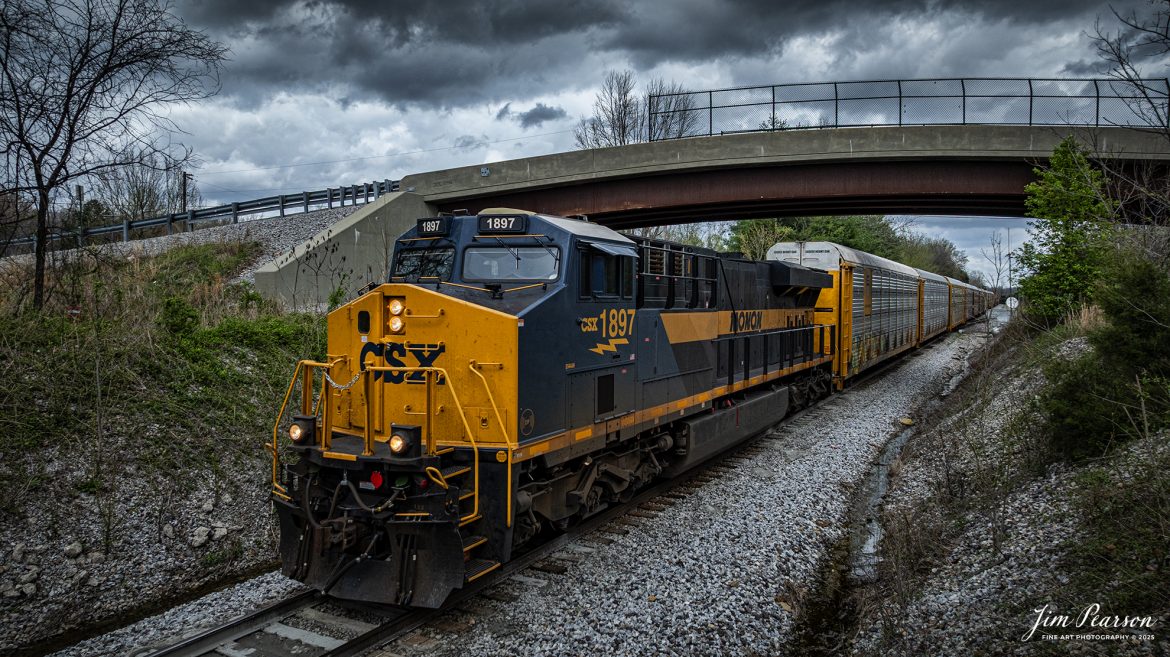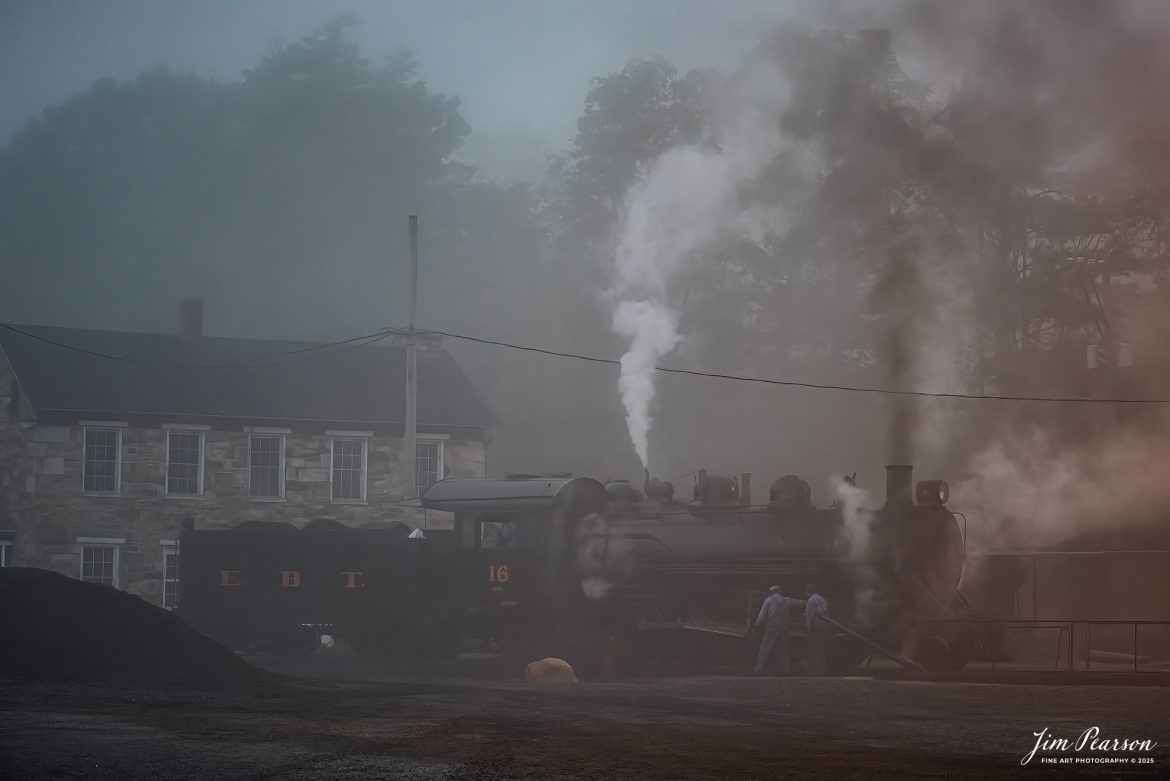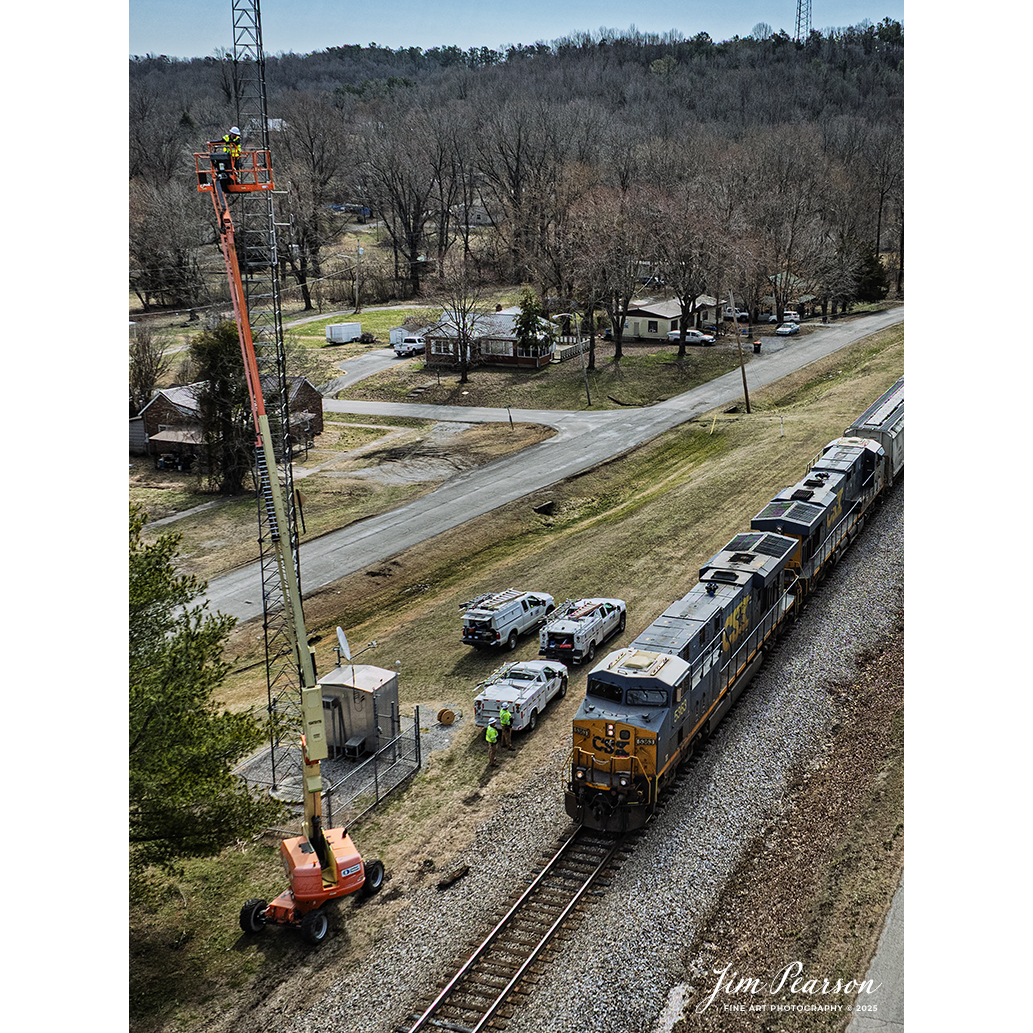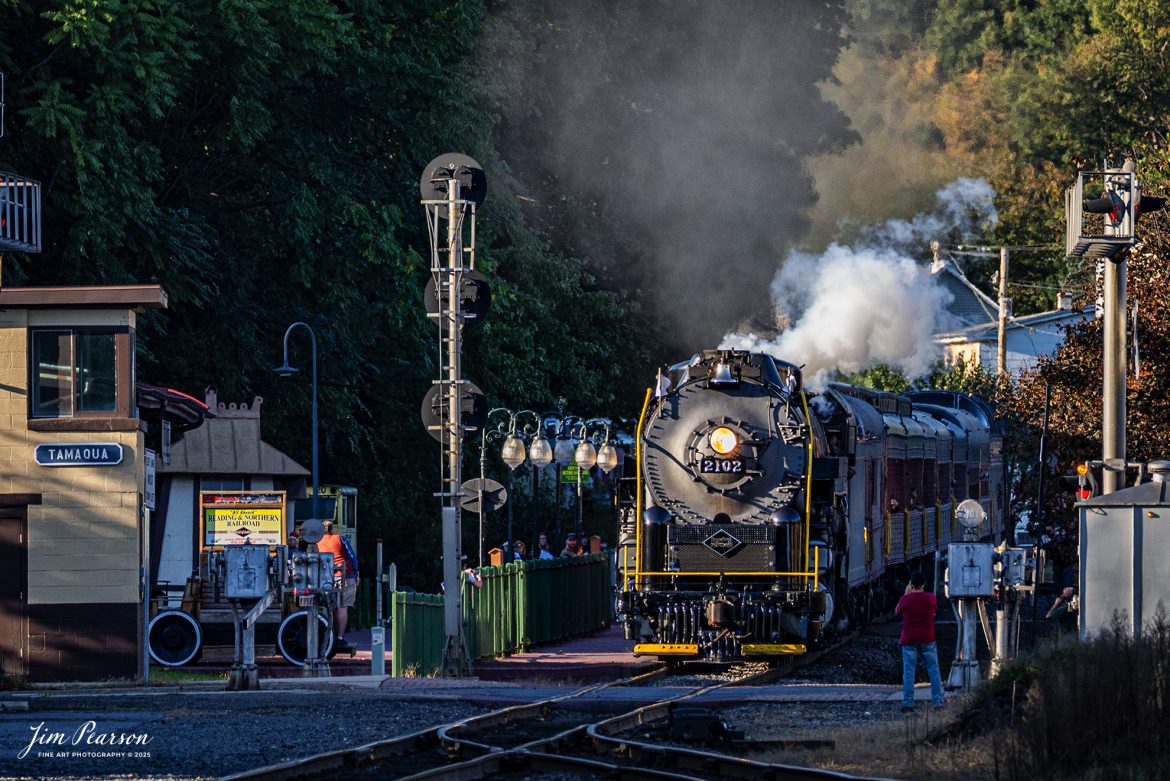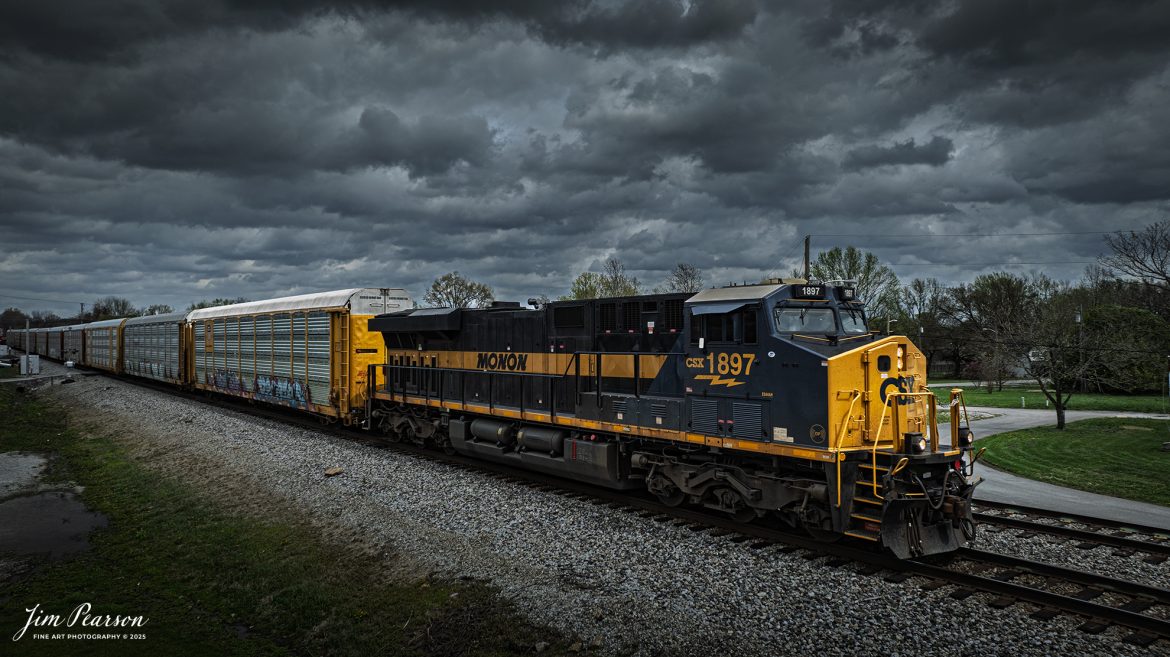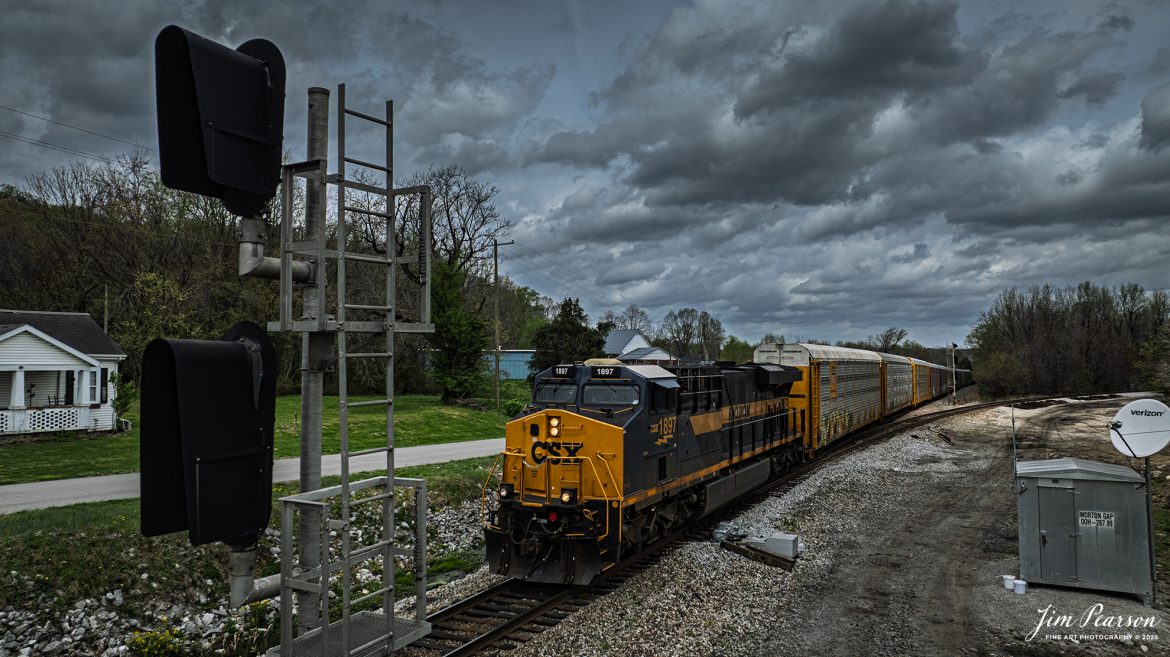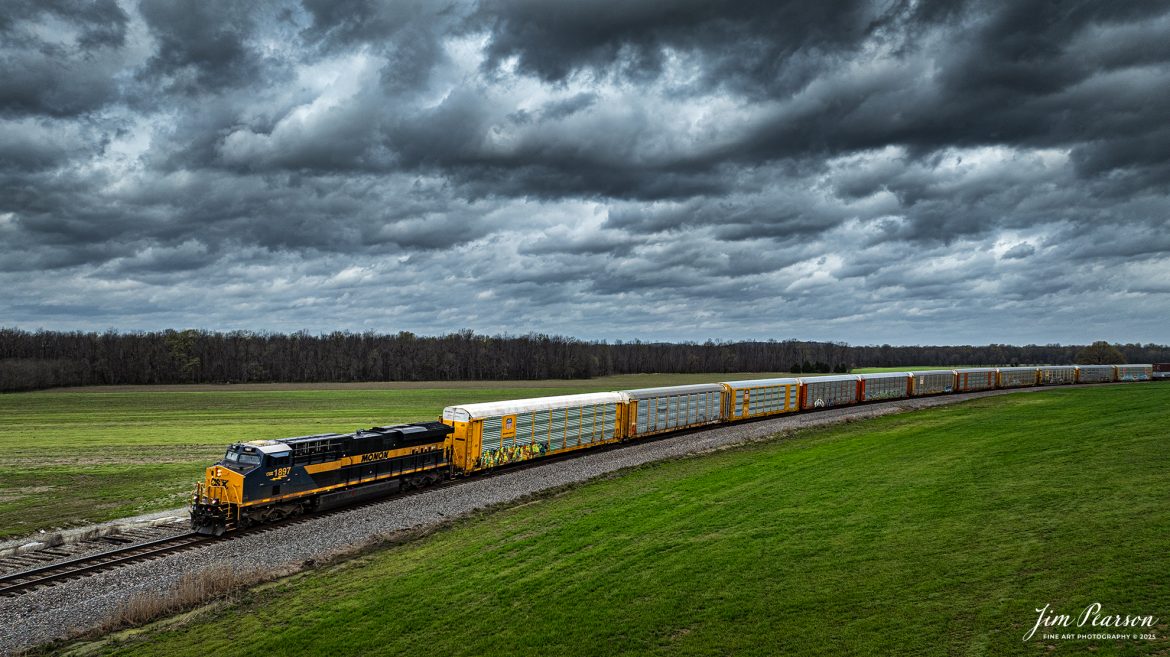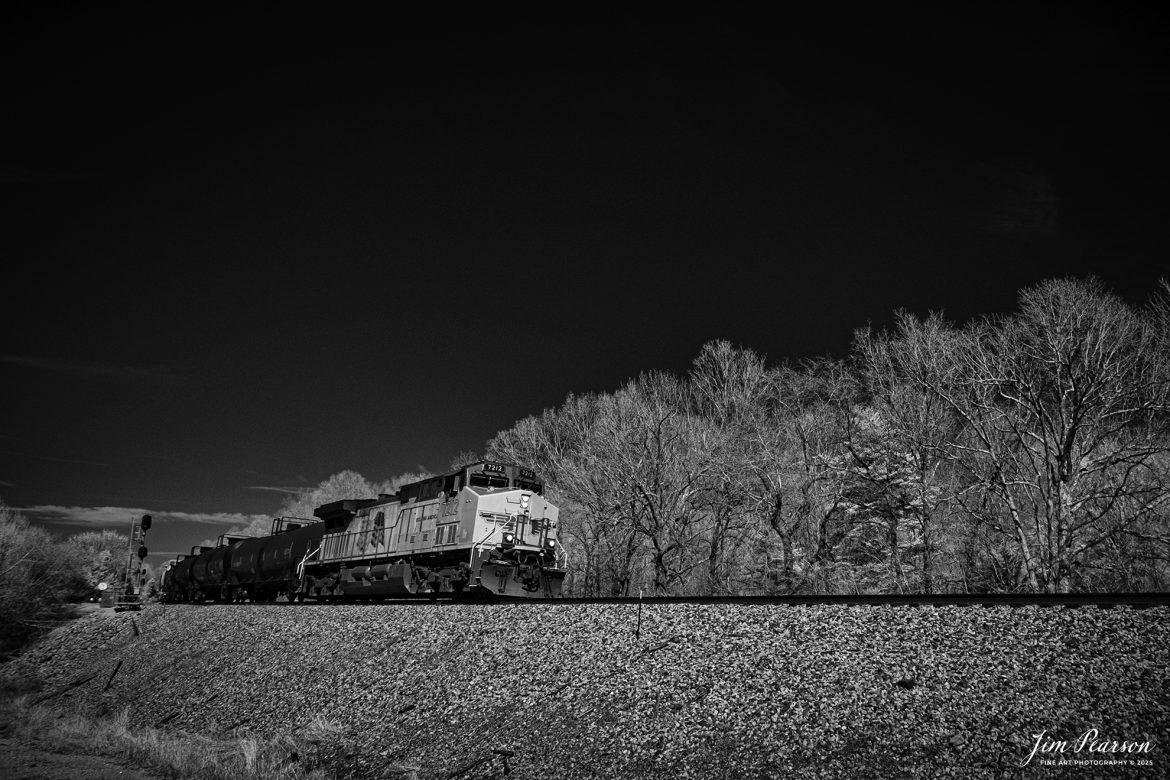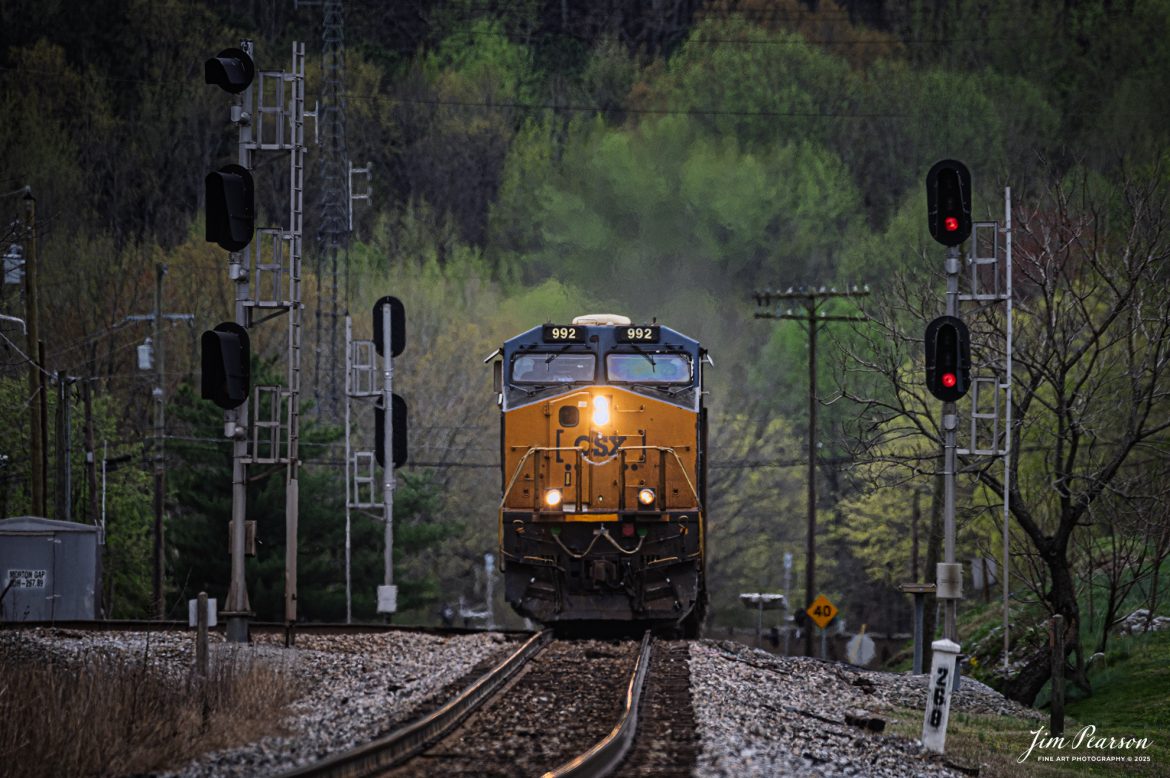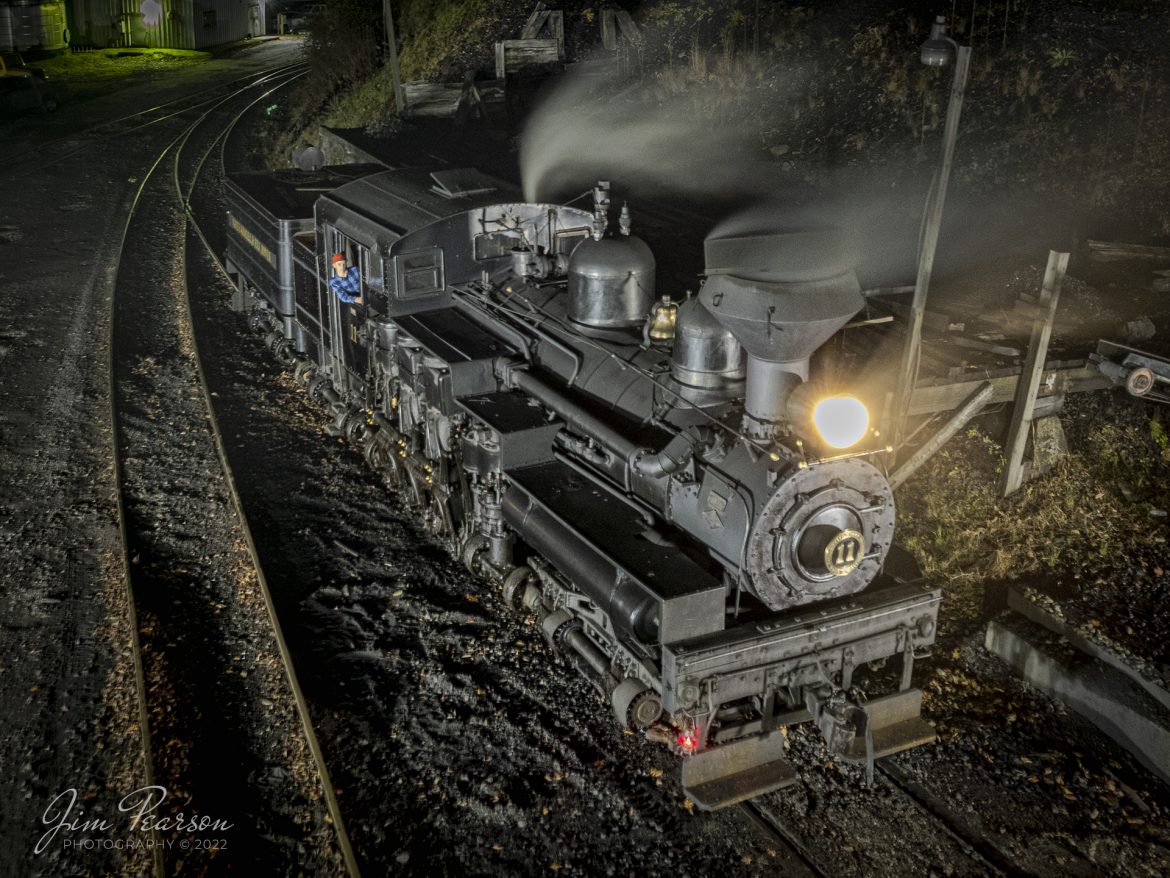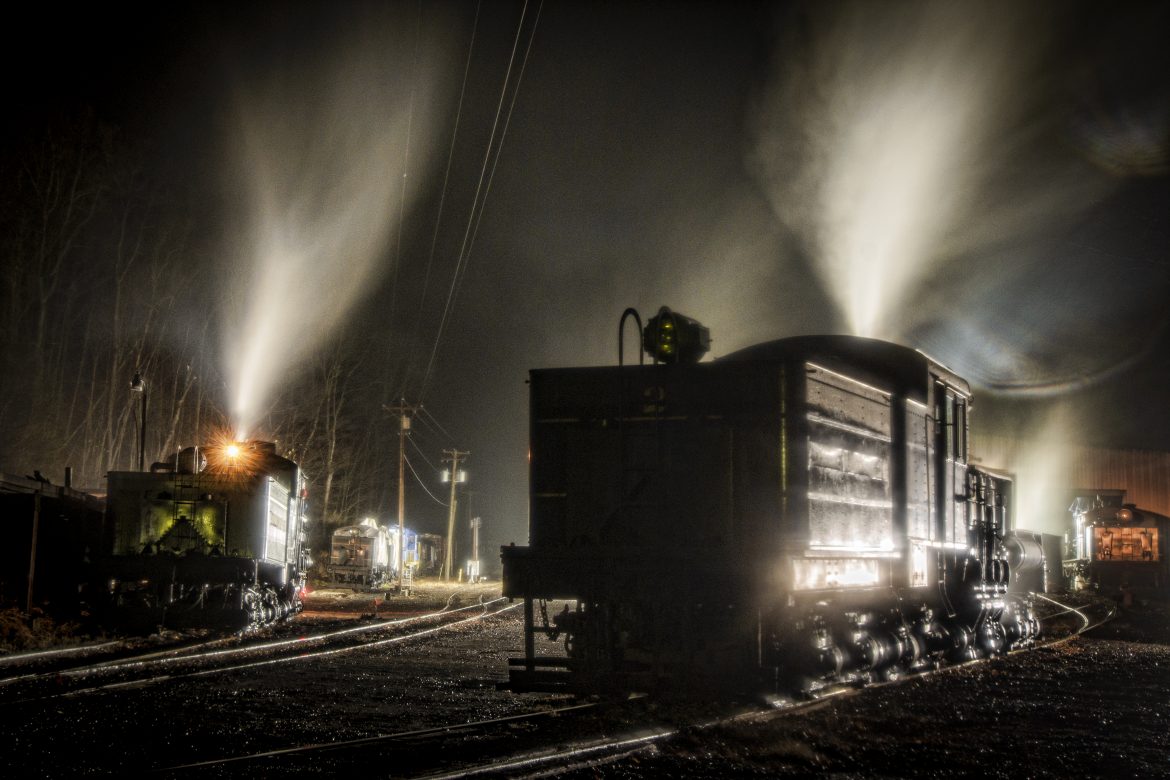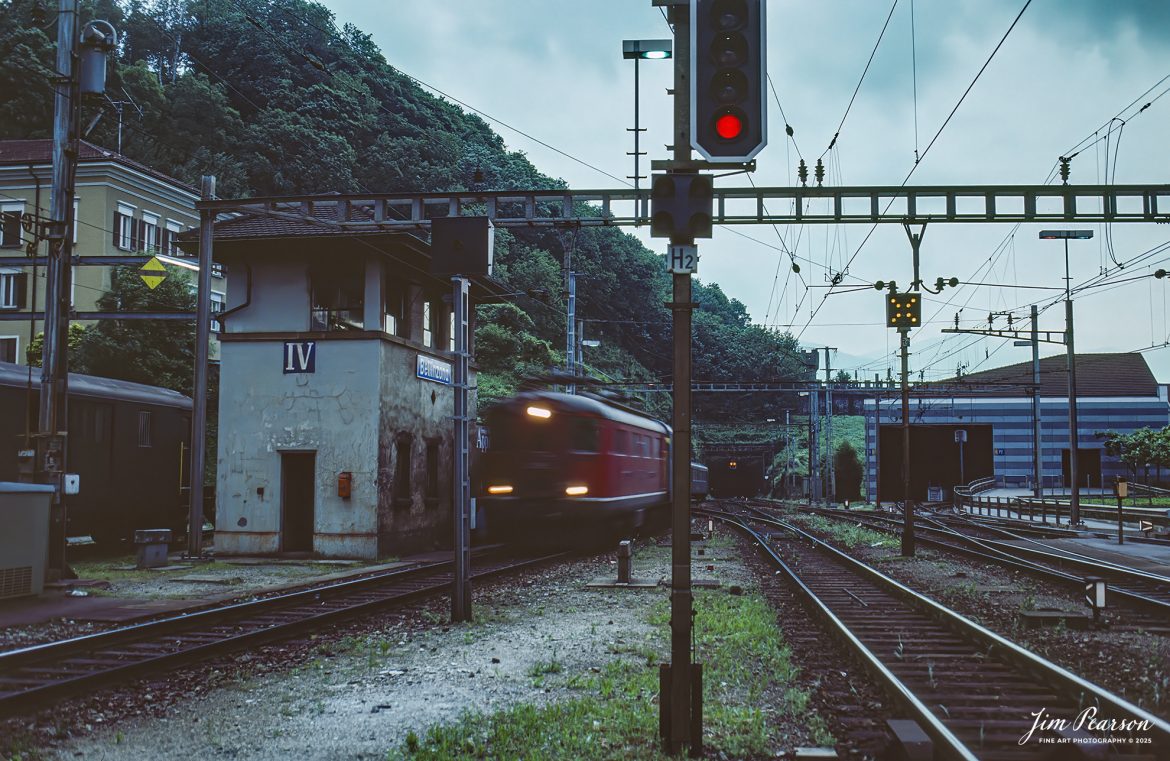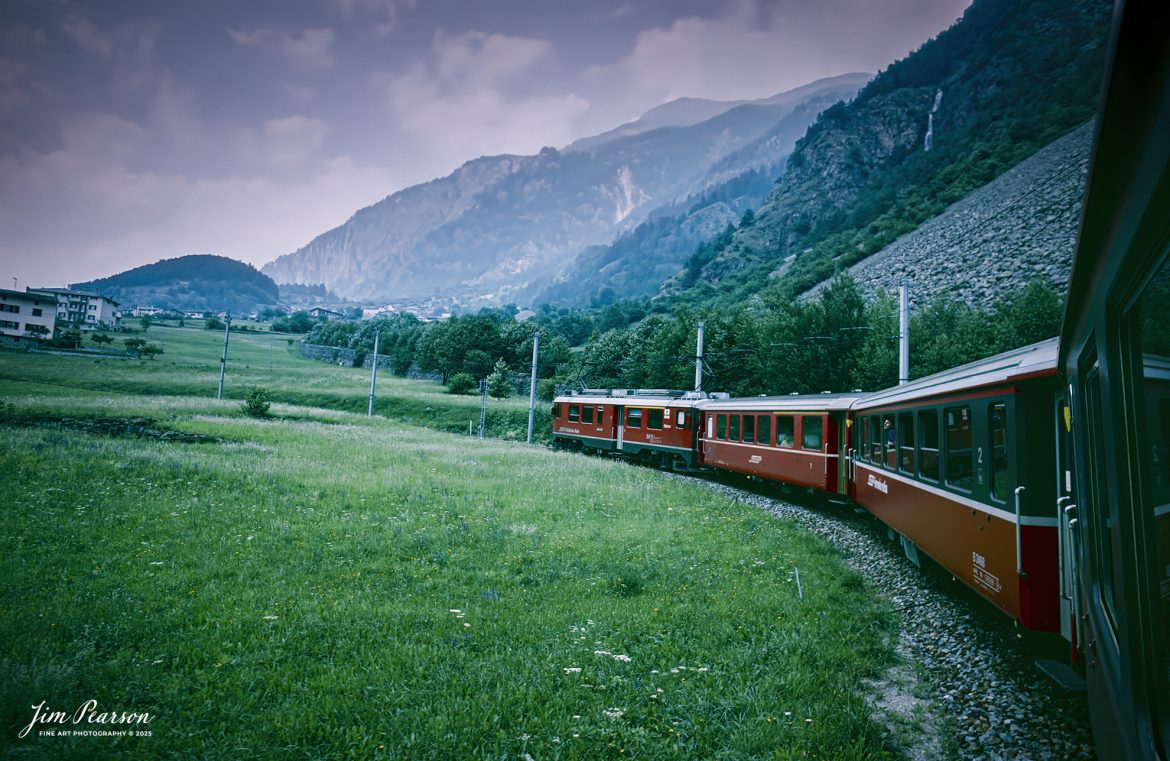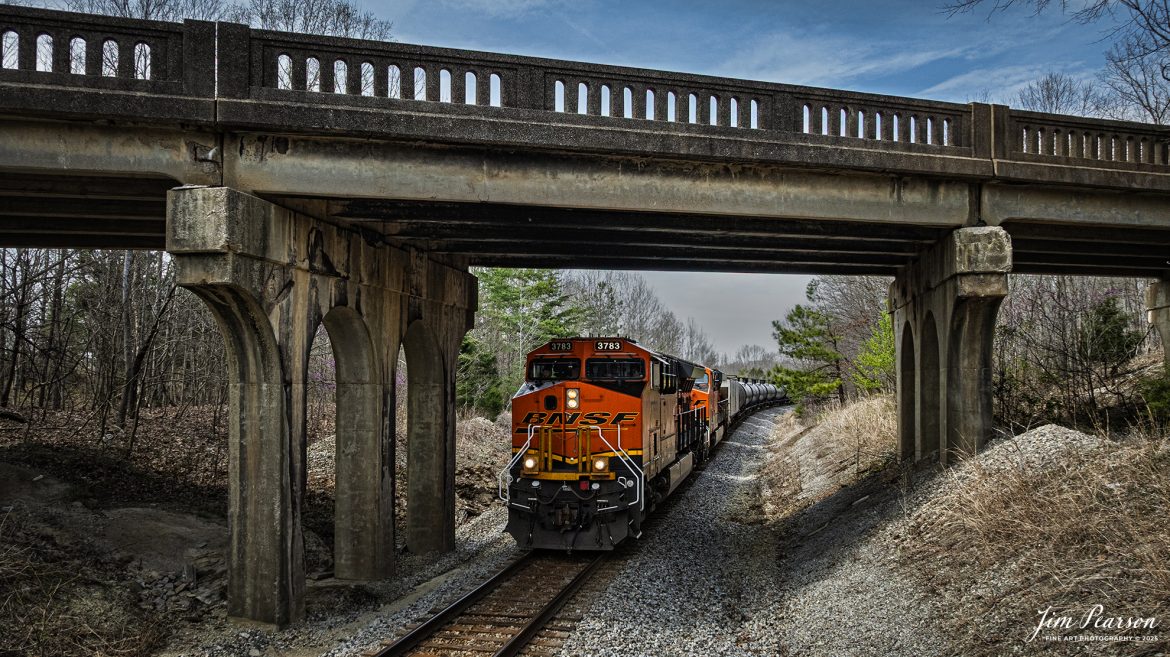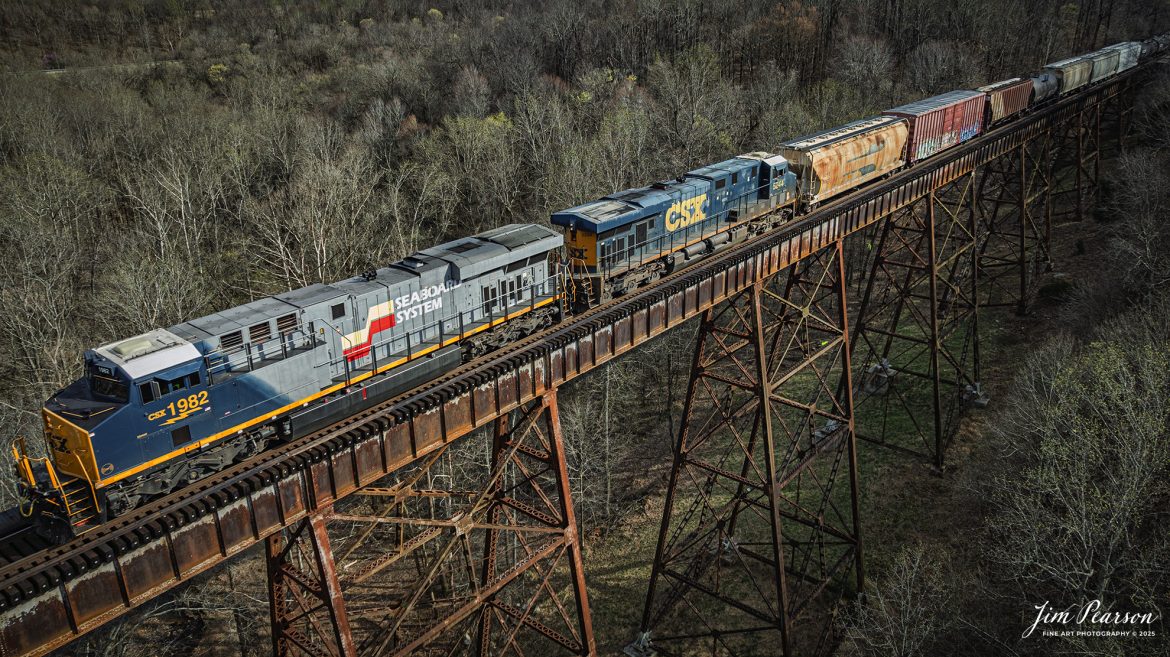This is one of the last images from my DJI Air 2 drone before it ended up in the top of a 30′ oak tree the next day at Dexter, MO after a Fly Away in 2021.
In this shot Engineer Ed Dickens waves from the cab as Union Pacific’s 4014, the Big Boy, passes under the signal bridge in downtown McRae, Arkansas on Friday, on August 27th, 2021, as they head north on the UP Hoxie subdivision on its way to Popular Bluff, MO.
The Big Boy is an articulated 4-8-8-4 steam locomotive which was manufactured by the American Locomotive Company (ALCO) of Schenectady, New York in 1941. There were a total 25 of these giants built and of the eight remaining locomotives this is the only operational one.
According to Wikipedia: “The locomotive operated in revenue service until 1959, when it was donated to the Railway and Locomotive Historical Society in late 1961 and thereafter displayed in Fairplex at the RailGiants Train Museum in Pomona, California.
In 2013, UP re-acquired the locomotive and launched a restoration project at their Steam Shop in Cheyenne, Wyoming. In May 2019, No. 4014 was operated for the first time after sitting dormant for almost six decades.
It ran its first excursion, double-headed with Union Pacific 844, three days later on May 4, 2019. Now part of the Union Pacific’s heritage fleet, it now operates in excursion service, in addition to hauling revenue freight during ferry moves.”
The Big Boy is currently on a month-long tour around the Midwest through, Arkansas, Colorado, Kansas, Illinois, Louisiana, Missouri, Nebraska, Oklahoma, Texas, and Wyoming before heading home to Cheyenne, Wyoming on September 7th.
Tech Info: Wide Photo: DJI Mavic Air 2 Drone, RAW, 4.5mm (24mm equivalent lens) f/2.8, 1/800, ISO 100, August 27, 2021.

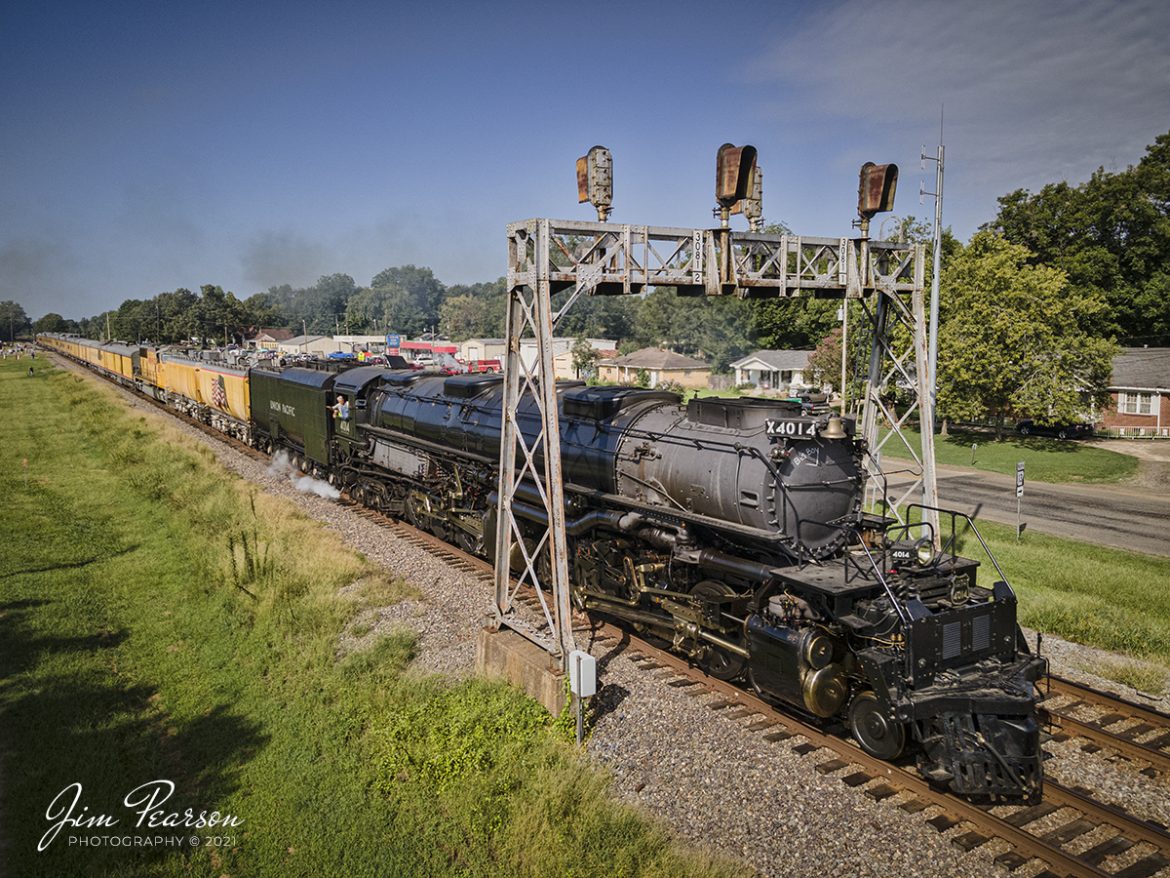
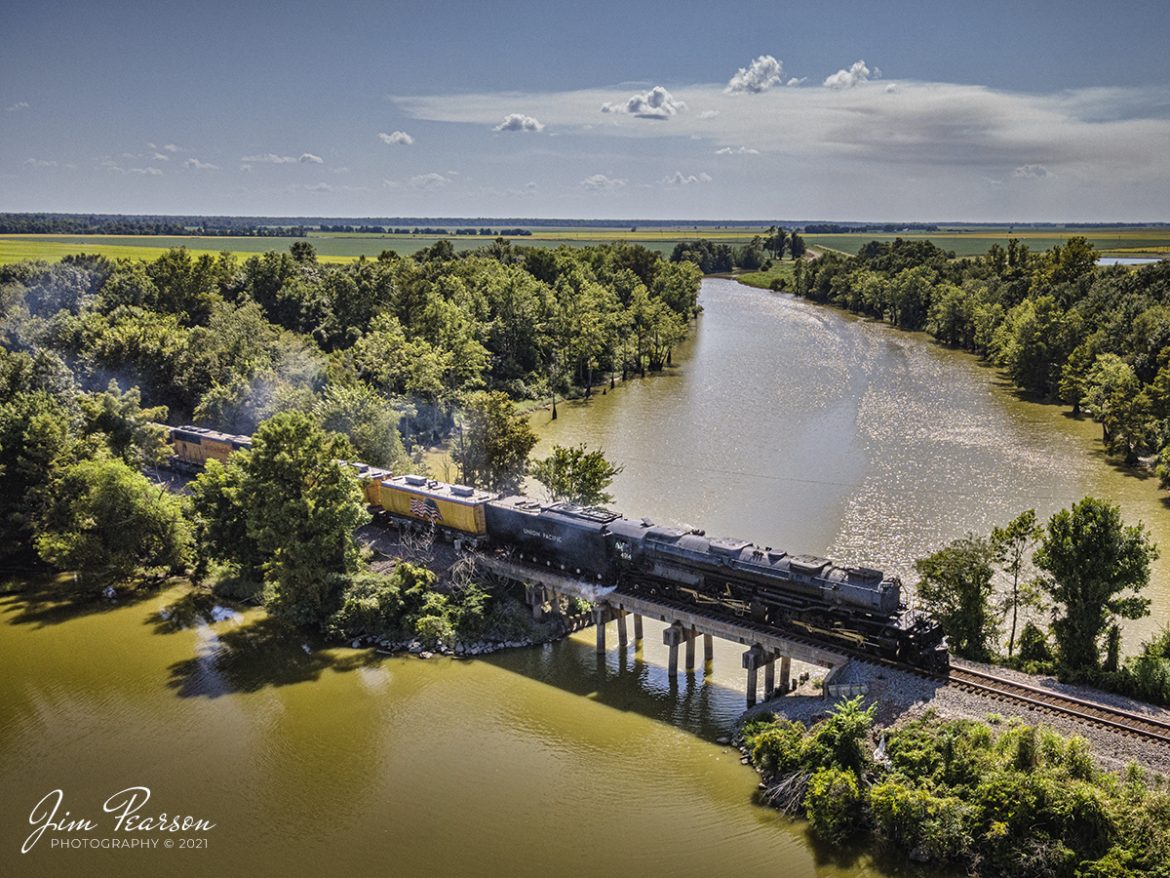
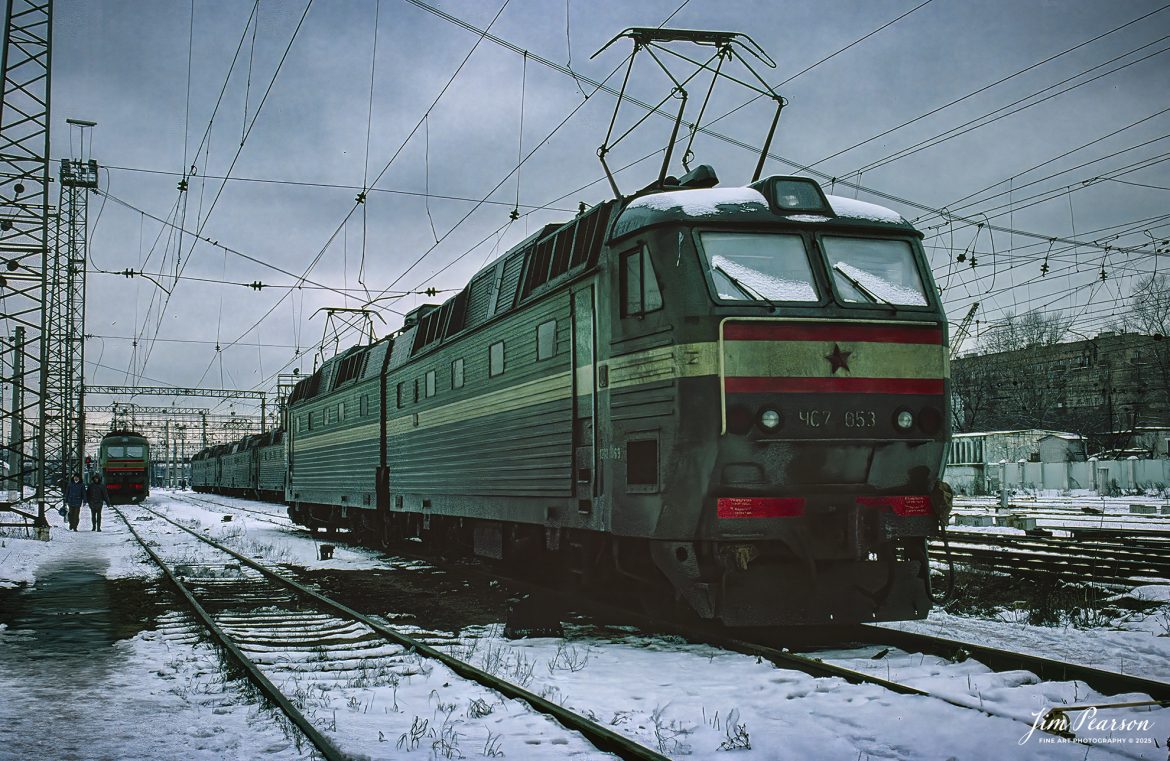
![Film Wednesday – 1993 – Today’s slide scan is of a train on the Budapest Cog-wheel Railway, Budapest, Hungary.
According to Wikipedia: The Budapest Cog-wheel Railway (Hungarian: budapesti fogaskerekű vasút [ˈbudɒpɛʃti ˈfoɡɒʃkɛrɛkyː ˈvɒʃuːt]) is a rack railway in the Buda part of the Hungarian capital city of Budapest. It connects a lower terminus at Városmajor [hu], two tram stops away from the Széll Kálmán tér transport interchange, with an upper terminus at Széchenyihegy [hu]. The line is integrated into the city's public transport system as tram line number 60, is 3.7 kilometres (2.3 mi) in length, and was opened in 1874.
The railway is operated by BKV, who also operate the city's tram and metro lines. It runs throughout the year between the hours of 0500 and 2300. As a fully integrated part of Budapest's public transport system, standard tickets and passes can be used.
The Városmajor terminus is adjacent to the Budapest tram stop of the same name, whilst the Széchenyihegy terminus is a 250-metre (820 ft) walk from the similarly named terminus of the Budapest Children's Railway.
Tech Info: Camera, Nikon F3, Ektachrome Slide Film, no other data recorded, Scanned with an PlusTek 82001i Film Scanner.
#slidescan #filmphotography #trains #railroads #jimpearsonphotography #FilmPhotography](https://www.jimpearsonphotography.com/wp-content/uploads/2025/04/WEB-1993-Budapest-Childrens-Railway-62.jpg)
